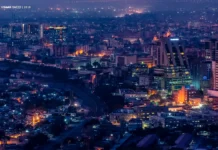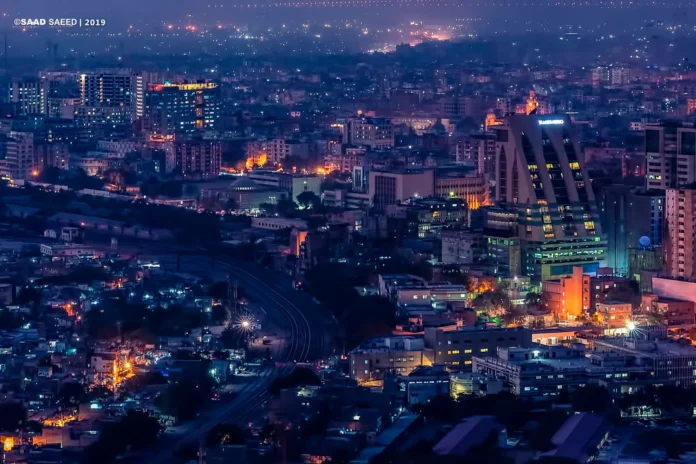One of the stale Pakistan Studies textbook “facts” that most Pakistanis know about the country is that “the majority of the population is rural”. Some people go so far as to say the exact number: “70% rural”.
A provocative new study by researchers at the World Bank argues that – far from being majority rural – Pakistan is not just majority urban already, but may have been majority urban for the past 40 years.
Both of these represent the two poles of views about how urban Pakistan is, but it does provoke the following set of questions: what exactly is an urban area, how urban is Pakistan, how long has it been majority urban, and what does it mean about our economy?
We will lay out the case made by the World Bank researchers and add some additional data points which we think may be relevant, but it is important to start off by talking about why this matters: majority-urban countries tend to be rich, and countries tend to become more urbanized as they get richer. There is no such thing as a majority rural rich country.
Fundamentally, we are talking about how far along Pakistan is on its path to becoming a rich country.
The dissatisfying answer we find is, sadly, “farther than most Pakistanis think, but still a long way to go.”
But first, let us examine just how the landscape of urban Pakistan has been changing over the past few decades. The content in this publication is expensive to produce. But unlike other journalistic outfits, business publications have to cover the very organizations that directly give them advertisements. Hence, this large source of revenue, which is the lifeblood of other media houses, is severely compromised on account of Profit’s no-compromise policy when it comes to our reporting. No wonder, Profit has lost multiple ad deals, worth tens of millions of rupees, due to stories that held big businesses to account. Hence, for our work to continue unfettered, it must be supported by discerning readers who know the value of quality business journalism, not just for the economy but for the society as a whole.To read the full article, subscribe and support independent business journalism in Pakistan

























